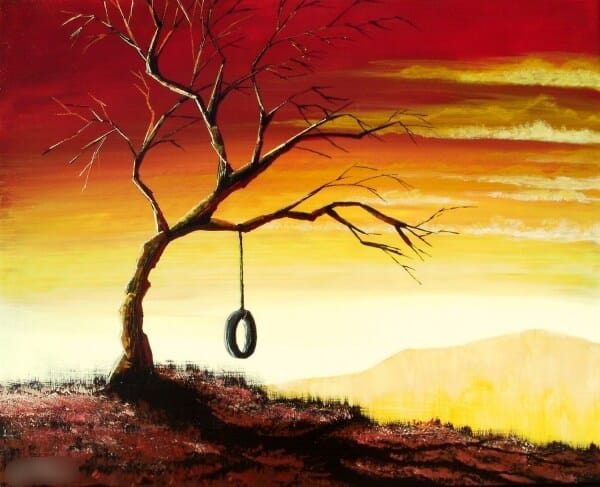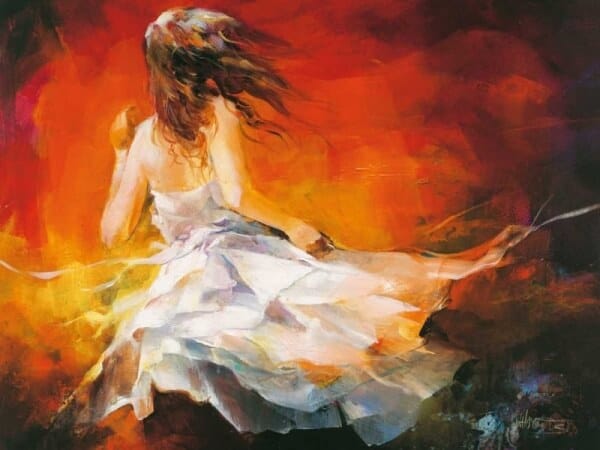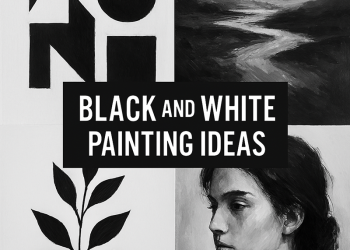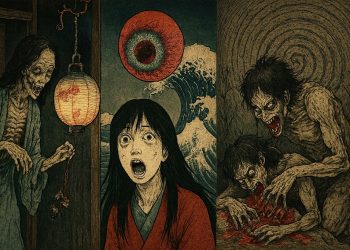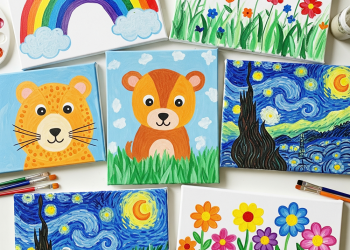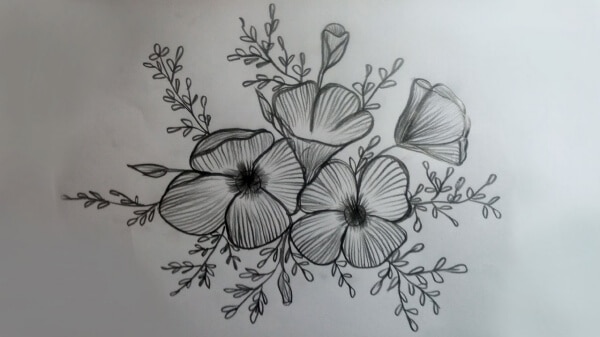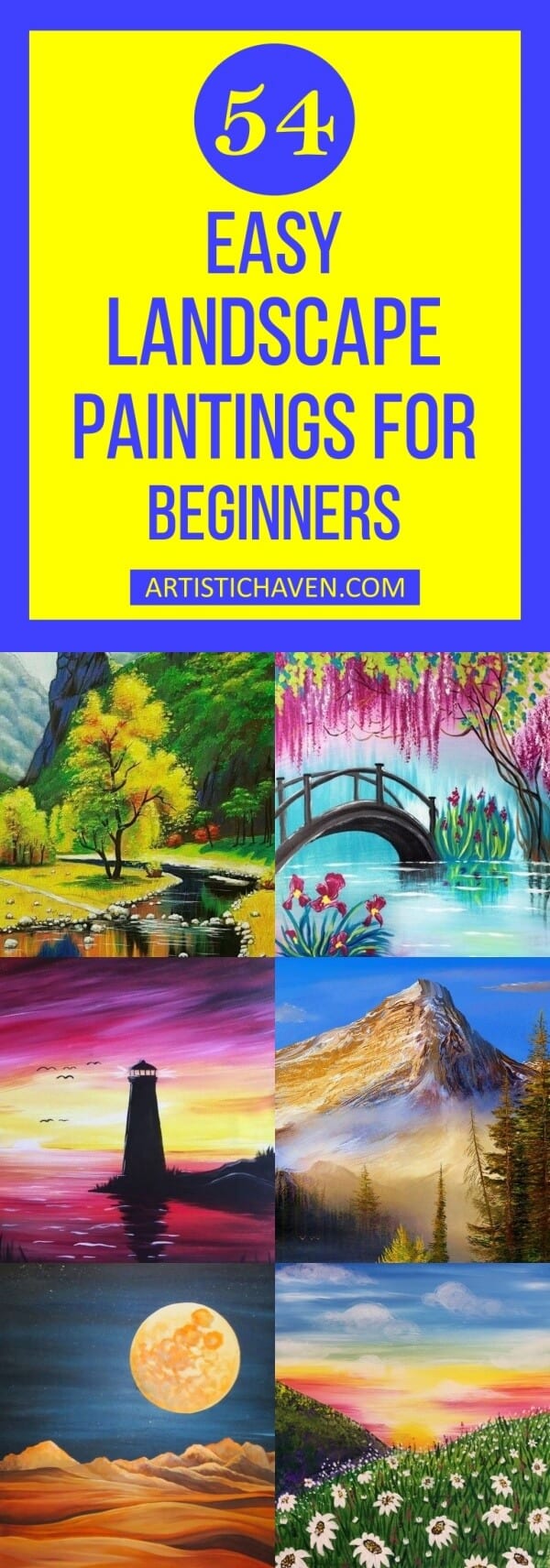
As mentioned earlier, there are many landscape painting ideas that you can choose from to enhance your landscape scene. Whether you’re painting with acrylics or exploring watercolor, the journey is rewarding. We truly believe that we can list out some really good choices when it comes to turning your passion into capturing intense art, in the easiest manner possible.
9 Perfect Landscape Painting Tips For Beginners
While we have discussed the top ideas when it comes to landscape paintings for beginners, the following are the top 9 tips to perfect landscape painting as a whole. These great tips will help improve your landscape painting skills and make your painting time more effective.
- Keep it simple: Avoid getting carried away with capturing minute details in the landscape. Focus on the larger shapes and the overall composition of your painting first. You can always add details later once the foundation is solid.
- Capture Texture: The best way to capture texture in your artwork is to start painting with easy acrylic techniques. The secret to capturing texture is by making use of a palette knife to apply thick layers of paint. This is especially effective for elements like rocks and tree bark.
- Don’t stick to numbers: Keep one thing in mind, i.e., the importance of the focal point in your painting tutorial. You don’t have to mandatorily paint every single tree or rock you see in your scenery. Choose what to include to strengthen your composition.
- Limited colors: You can experiment with different shades of colors, but avoid adding too many different types of colors to your work to ensure a successful landscape painting. A limited palette forces you to master color mixing and creates harmony.
- Imperfection is perfection: The best part about landscape painting is that you can be imperfect with your work and it will still look absolutely gorgeous. Nature itself is perfectly imperfect, so embrace loose brushstrokes.
- Go from dark to light: It is always advisable that you go from a darker color, like burnt sienna, to a much lighter color in your work. This helps in building up depth in your painting and makes the highlights pop.
- Compare your previous work: Practise till you perfect your flaws when it comes to landscape painting. Keep your old work to see how much your landscape painting skills have improved over time.
- Shapes, lines, and colors: The three main components that will make up your painting are shapes, lines, and colors. Understanding how these elements work together is fundamental to creating stunning landscape paintings.
- Choose black and white: If you’re too bored of colors, you can definitely get away with the classic black and white, but consider adding a touch of yellow ochre for depth. A monochromatic approach helps you focus on value and composition.
Beautiful Landscape Painting Ideas For Beginners
Abstract Landscape Paintings
If you want to attain the ability to travel anywhere in the world, without having to move a single limb – switch to landscape paintings. One can get lost in their own imagination with something like an abstract landscape painting. Among the top landscape painting ideas, abstract landscape painting is among them all. There are many beautiful options that you can choose from when you paint landscapes. These kinds of paintings involve the use of soft touches, so you will have to equip yourself with a couple of soft-brush options. You are at the disposal of a fantastic range of color schemes with numerous geometric designs and shapes to experiment with. We guarantee you absolute satisfaction after you’re finished painting up your abstract landscape painting masterpiece because the best part about it is that it has to be abstract. It may not necessarily be identical by nature but you can surely get something meaningful out of it, by the end.
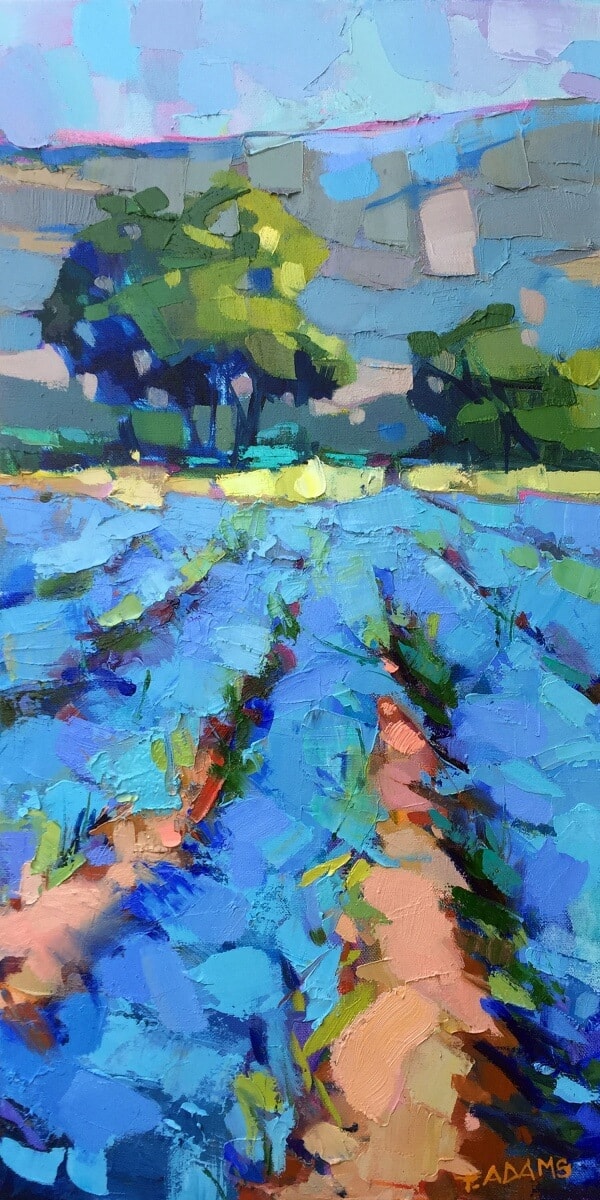
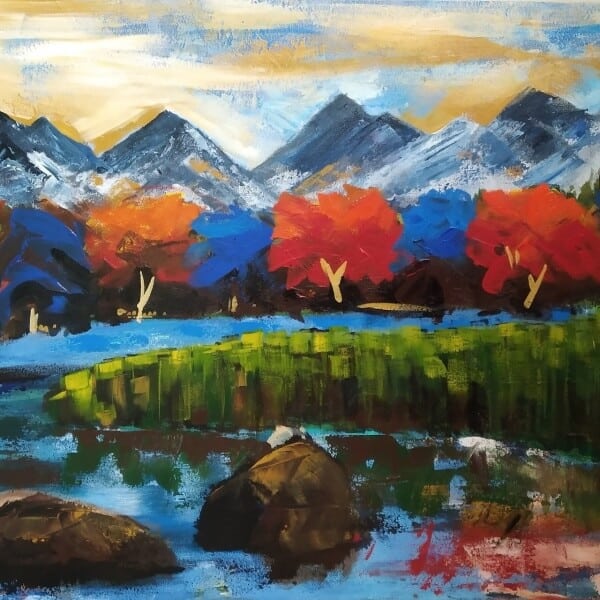
Acrylic Landscape Painting: Techniques for Beginners
When it comes to acrylic landscape painting, things can get a bit tricky. However, these are a thing of the past. It was a little difficult back in the day when the choice of colors was limited. Times have changed and even the acrylic category offers a range of pigment options that play an important role in shaping up your final product during the entire painting process. Most artists will agree that acrylic is the kind of painting that is innately blurry in nature. It depicts a richer pattern and almost represents an abstract form of a semi-precious stone, often seen in acrylic paint techniques. It is time that you make use of this magnificent style of painting and make it your own. For acrylic beginners, starting with a simple landscape is a great way to get comfortable with the medium.
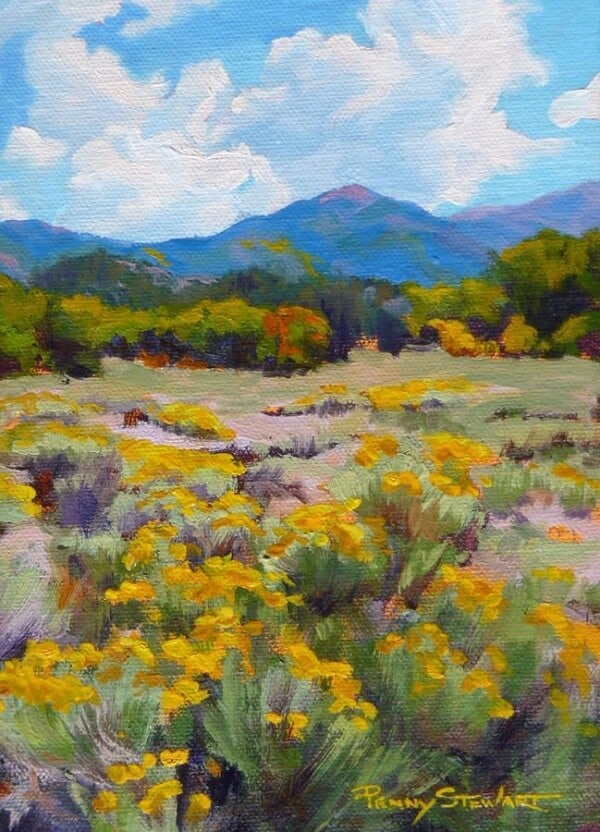
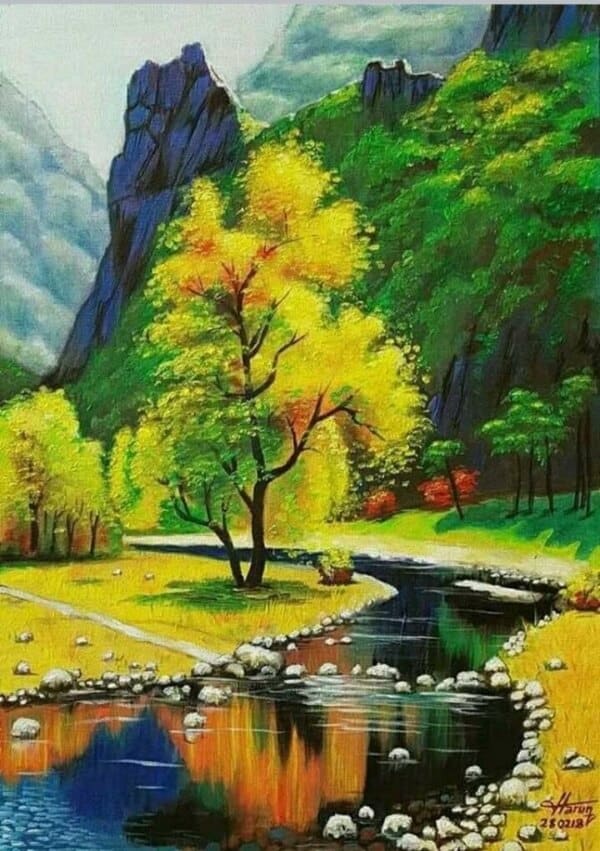
Choosing Your Color Palette for Impact
Selecting the right colors is one of the most crucial painting tips for creating a successful landscape painting. For a beginner, it’s best to start with a limited palette. This not only makes color mixing less intimidating but also ensures a harmonious result. A basic palette might include titanium white, ultramarine blue, cadmium yellow, alizarin crimson, and burnt sienna. With these, you can mix a vast array of natural tones. Consider the mood you want to convey. Warm colors like yellow ochre can create a sunny, inviting landscape scene, while cool blues and grays can evoke a sense of calm or melancholy. Don’t be afraid to experiment with different techniques to see how colors interact on the canvas.
Mountain Landscape Painting
If you’re a true artist, you will not limit yourself to only one style of painting. In the contemporary realm of painting styles, there are endless options that artists often dabble with. One style that has been particularly famous in the category of landscape paintings is mountain landscape painting. Every artist who has indulged in a little bit of mountain landscape painting here and there has ended up realizing that they can visualize and demonstrate an ancient art style. In comparison to encapturing something like a forest, which includes several elements, a mountain landscape painting might come across as easier but it is not. This is where most individuals are often mistaken. While there are fewer elements to capture, you have to be able to apply the same amount of effort to paint the shadows and highlights correctly. It is fun to explore this when it comes to landscape paintings for beginners.
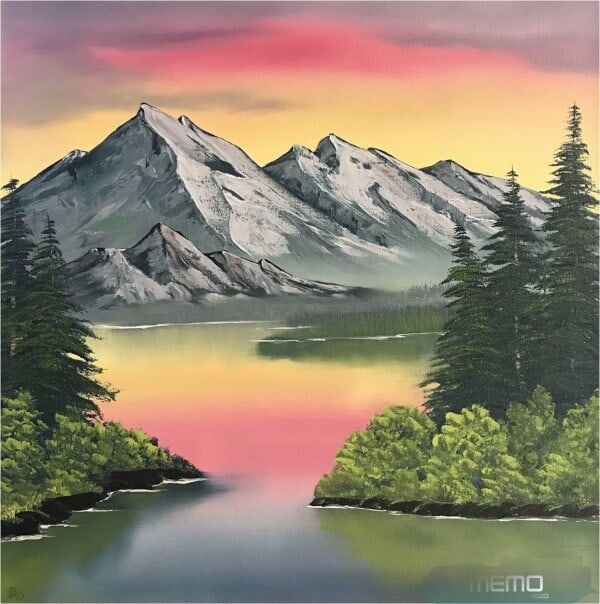
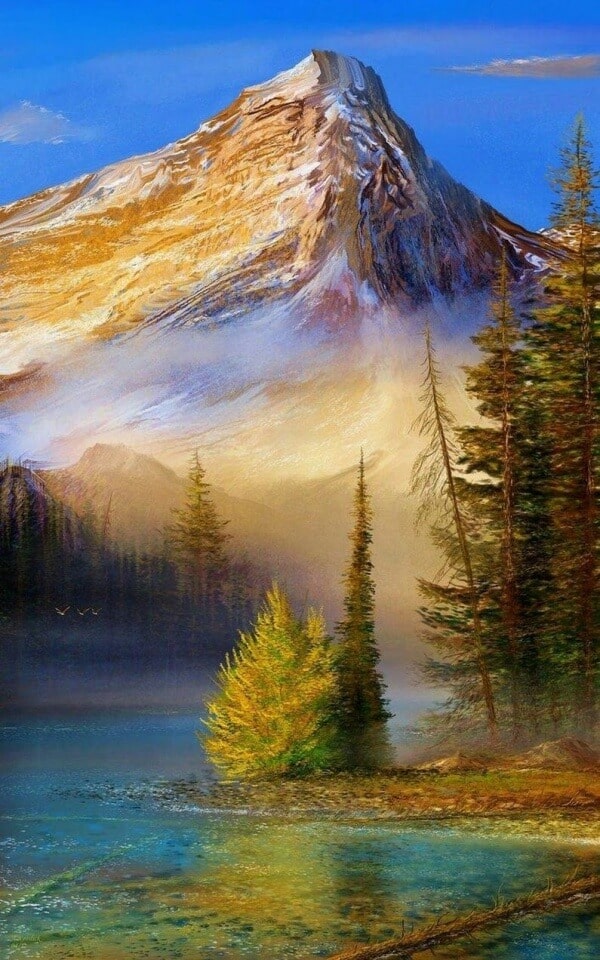
Winter Landscape Painting
There aren’t too many colors that you can involve, especially when you are indulging in winter landscape painting. Most artists enjoy capturing snow in their paintings when speaking about this subject. However, you don’t necessarily have to be resting in the Himalayas, to be able to get the taste of winter. You can depict winter in many different ways, adding depth to your painting to enhance the scene. You can use different hues of blue, mostly darker shades, to depict coldness. Amidst the darkness that the color blue will represent, you can also add hints of dimmed lights, which also carry forward a feeling of warmness. Don’t be mistaken again. While you will be using a fewer number of colors, you can definitely experiment with different shades of the same color, especially when you paint landscapes.
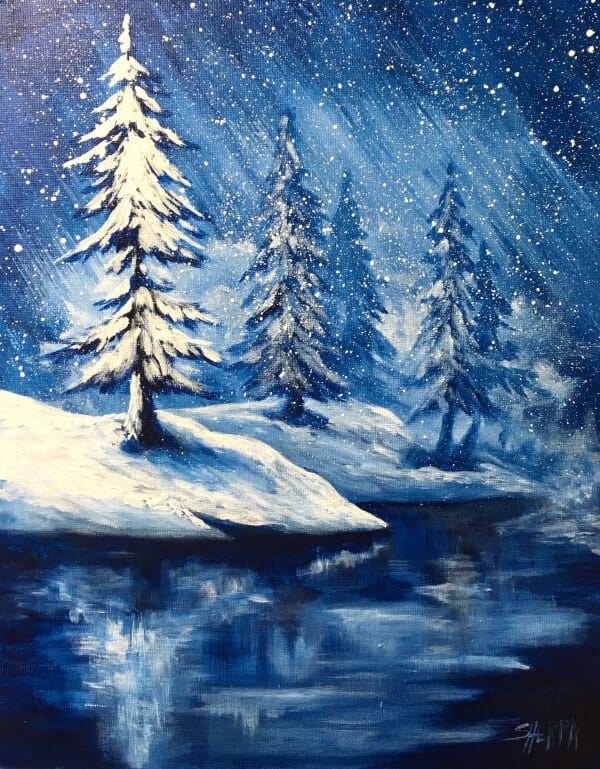
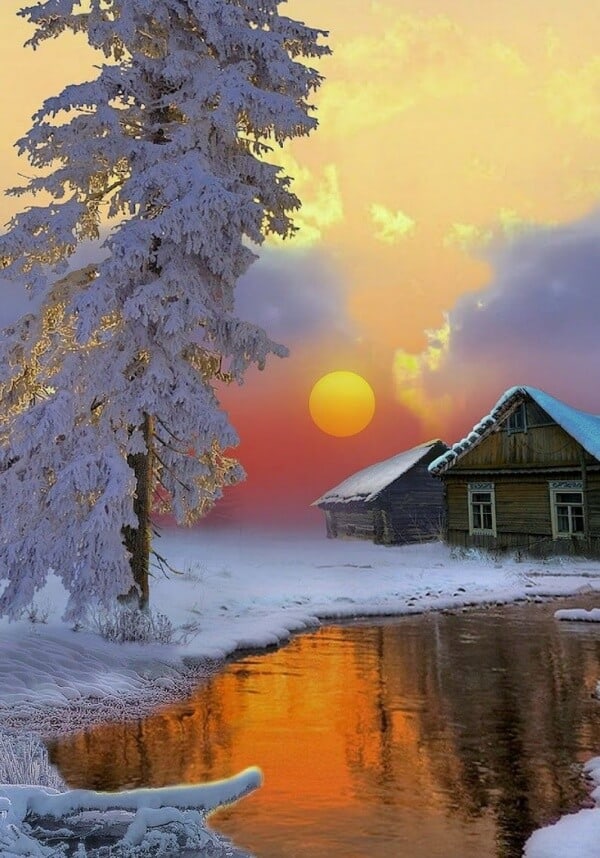
Mastering the Focal Point in Landscape Painting
A successful landscape painting tells a story, and every good story has a main character. In painting, this is your focal point. It’s the area of the painting that you want the viewer’s eye to be drawn to first. For a beginner landscape artist, establishing a clear focal point is essential. It could be a solitary, easy tree on a hill, a bend in a river, or a dramatic cloud formation. To make it stand out, use contrast. This can be a contrast in color (a bright spot in a muted scene), value (the darkest dark against the lightest light), or detail (the most detailed area against a simpler background). Placing your focal point off-center, following the “rule of thirds,” often creates a more dynamic and pleasing overall composition of your painting.
Watercolor Landscape Painting
Not many might be aware of this but there is a deep-rooted connection between beginner landscape techniques and traditional practices. A watercolor landscape painting can also benefit from the use of acrylic paint for mixed media effects and traditional Chinese art. In fact, it is interesting to note that in the Chinese culture, the ancient folks followed something known as the ‘Shan-Shui’ tradition, which is a fantastic landscape painting tutorial. ‘Shan-Shui’ literally translated to “Water-Pure.” It’s not just the ancient Chinese artists who are obsessed with water landscape painting, history suggests that the Romans are also innately drawn towards showcasing grand panoramas of imaginary landscapes, especially the ones that include large backdrops of water. It’s an especially creative outlay of feelings when you’re trying to capture a distant panoramic vista of large bodies of water. When it comes to landscape paintings for beginners, this is the right choice for you.
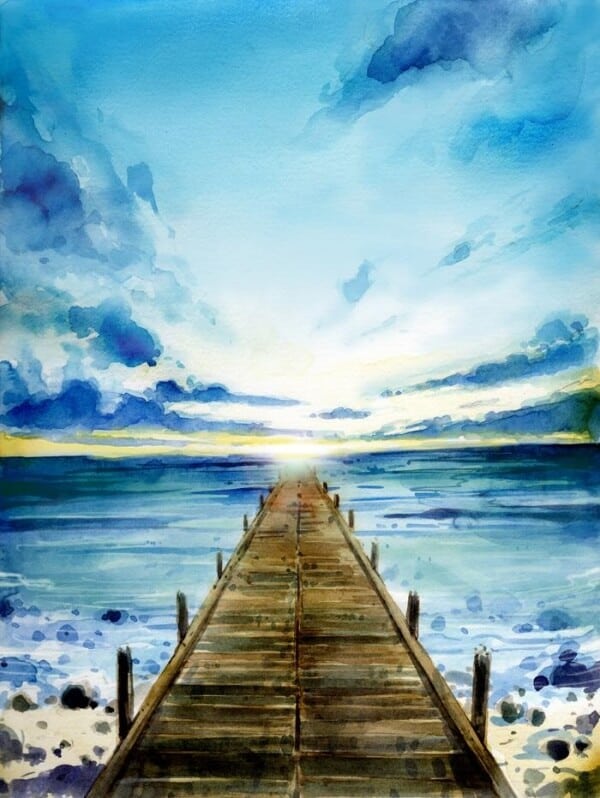
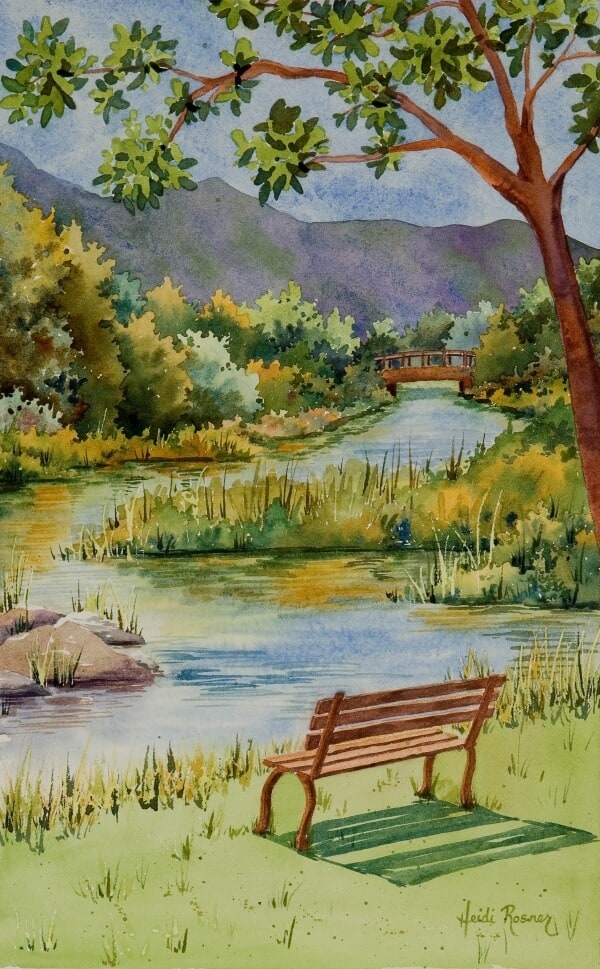
Landscape Oil Paintings
Do you want to learn how to paint with oil paints like a pro? Read on more to find some of the best techniques when it comes to landscape oil paintings. The oil painting has been trending in the world of artists in recent times. One of the main reasons that resulted in this trend is the need to bring beauty from the outside, indoors. Before you begin work on your masterpiece, be sure that you are clear about what you’re trying to capture in the work. There are three types of approaches that you can adopt when it comes to landscape oil painting, including the wet-in-wet approach, Plein air painting, and the indirect approach. Learning these can significantly improve your painting experience.
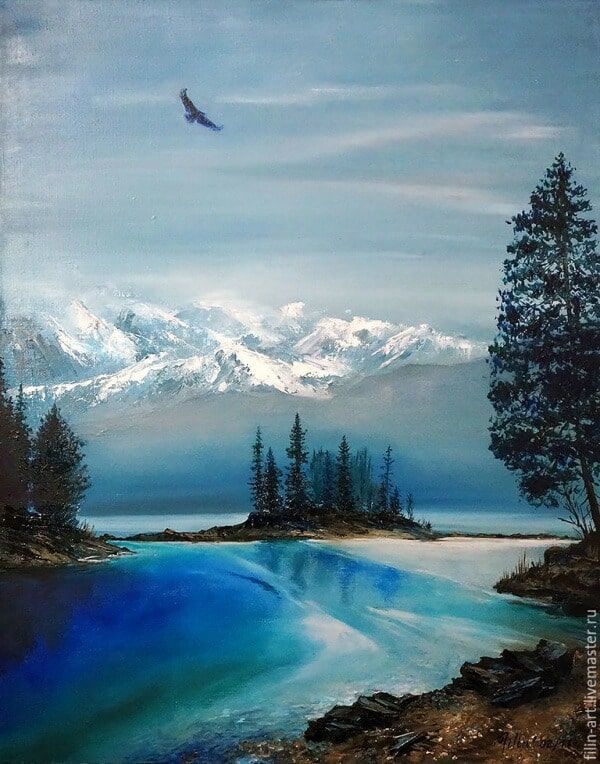
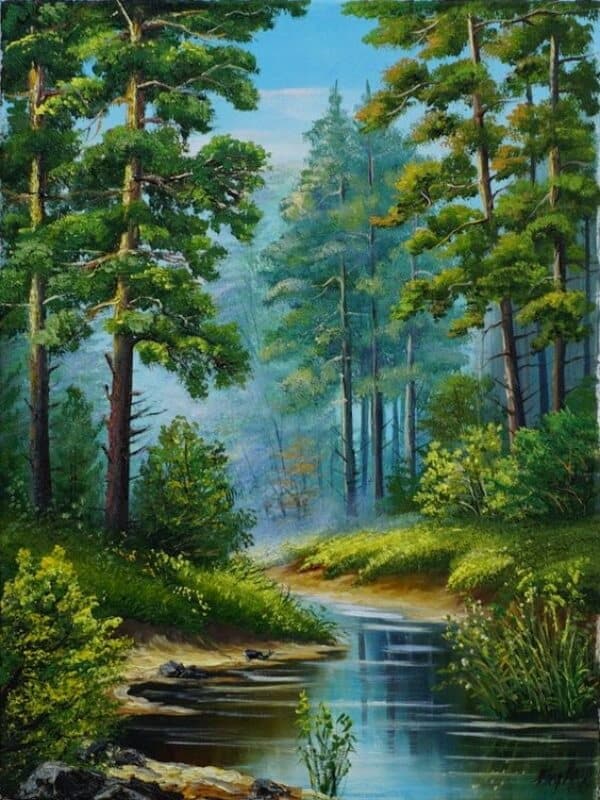
Italian Landscape Painting
Among the most popular painters that played a major role in ensuring a separate category for them, i.e. ‘Italian landscape painting’ is established by Aldo Conti, Giovanni Costa, Carlo Cressini, and Michele Cortegiani, who often used techniques to paint a landscape. These individuals have managed to capture the beauty that surrounds Italy most aesthetically. Several history books depict that it was the Italian artists that spend most of their career painting out interpretations of popular structure around the place, perfecting their inspiration. In the older times, Italy remained to be the preferred locations for most artists to rest in and draw their inspirations from, as they often traveled to Italy as part of their Grand Tour adventure.
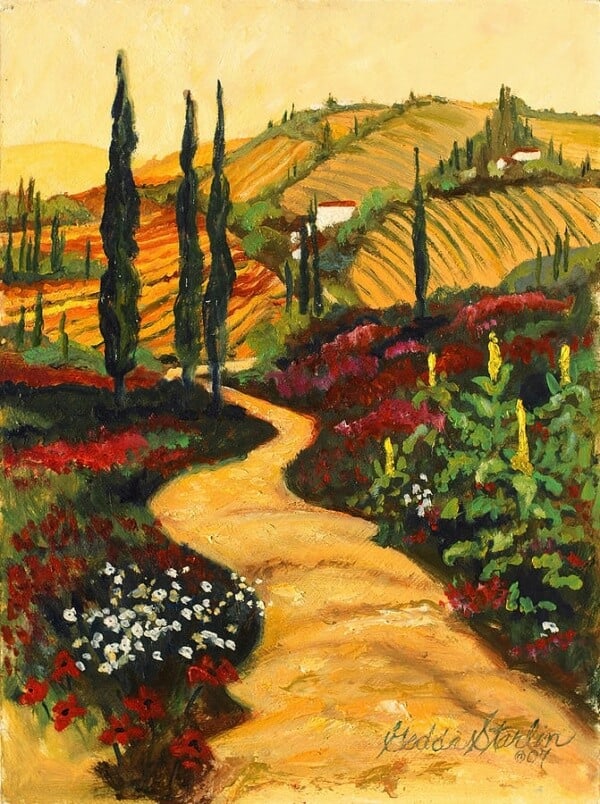
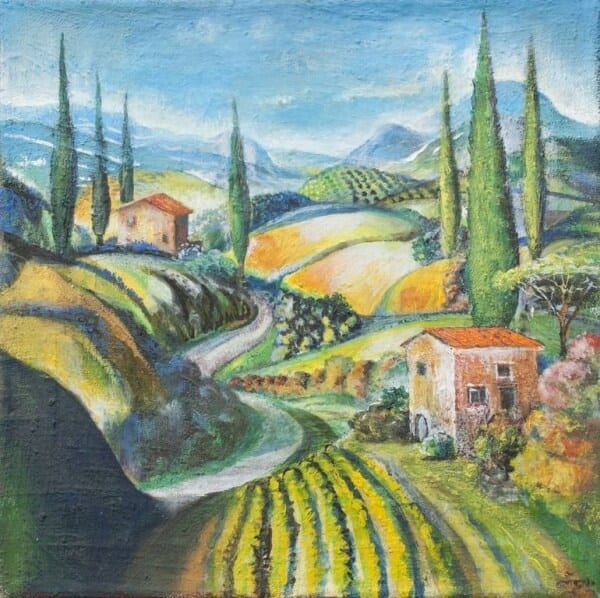
Desert Landscape Painting
As most artists will already be aware, the depiction of natural scenery in the form of art was established as long back as the 16 century. Not only do you capture beautiful works of nature such as mountains, valleys, different bodies of water, forests, and fields but you also take the envelope of landscape painting forward, by capturing a desert in the form of art. A desert landscape painting is the kind that did not emerge until the later part of the 16th century. However, once the movement of desert landscape painting came forward, there was no looking back. Beauty lies in capturing something mundane most aesthetically and we believe that you have it in you to do so. This painting style challenges you to find beauty in sparse environments.
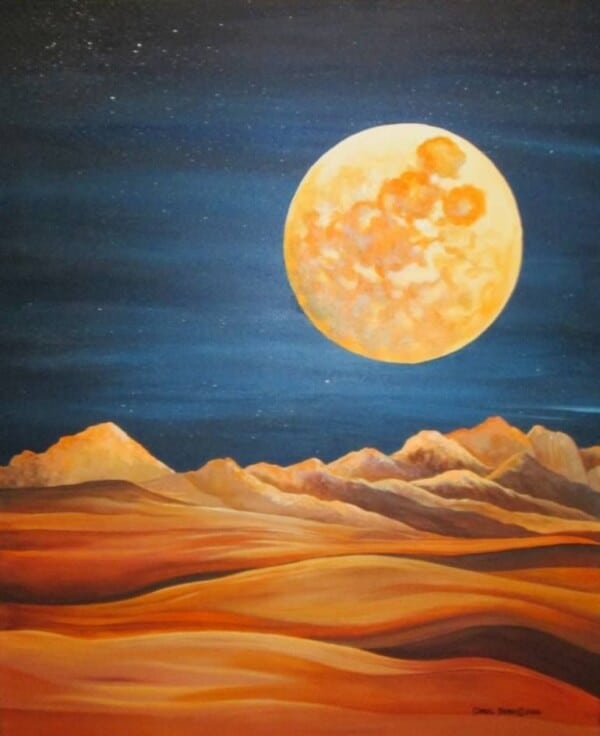
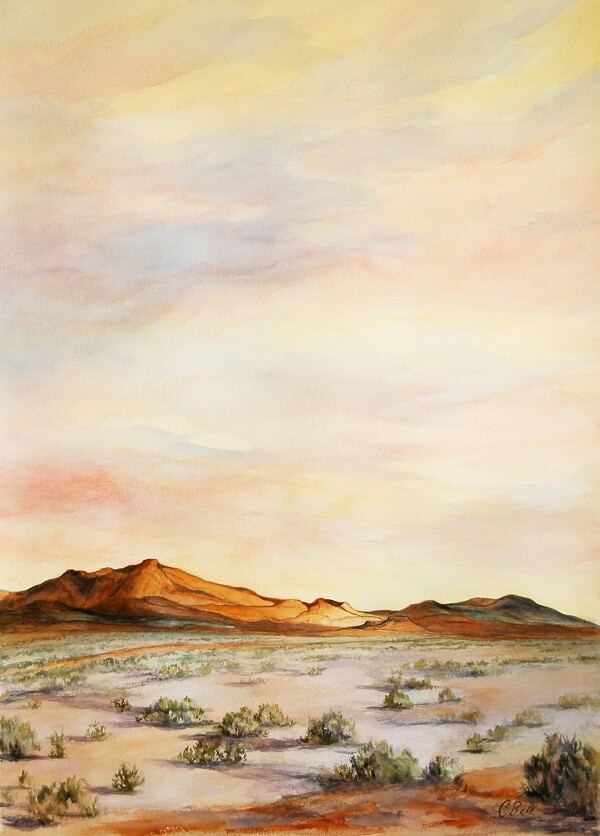
Essential Brush Techniques for Beginners
The brush you choose and how you use it will dramatically impact your painting. For a beginner, having a few key brushes is enough to start. A large flat brush is great for broad washes of color, like skies. A medium round brush is versatile, good for lines and filling in smaller shapes. A small detail brush is for the final touches. When painting, experiment with your paint application. Use the side of the canvas brush for wide strokes and the tip for fine lines. Try dabbing with a stiff brush to create texture for foliage or rocks. Learning these simple brush techniques is a key part of any good landscape tutorial.
Chinese Landscape Painting
As per online sources, art critics often find Chinese painters to make landscapes, the main subject in their work. The first signs of landscape paintings in the Chinese culture appeared as a part of figure painting. The Chinese artists began with attempting to provide a natural setting to the figures in their work. They consider a natural setting to provide more depth and emotion to their paintings. One of the early examples in the Chinese culture when it comes to landscape painting is called Nymph of the Luo River. This work was produced by Gu Kaizhi, between ca. and showcases unique painting techniques. 244-406. While it began with this purpose, the tradition of landscape painting ended up advancing within the realms of Chinese artists and more brilliant work was produced by the end of the modern era.
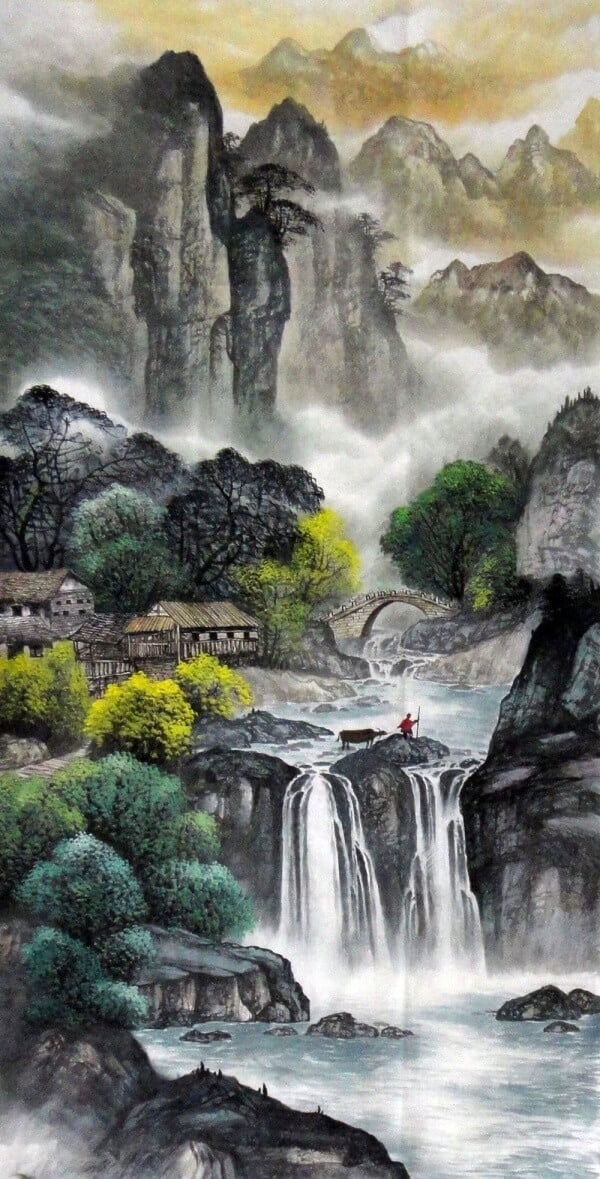
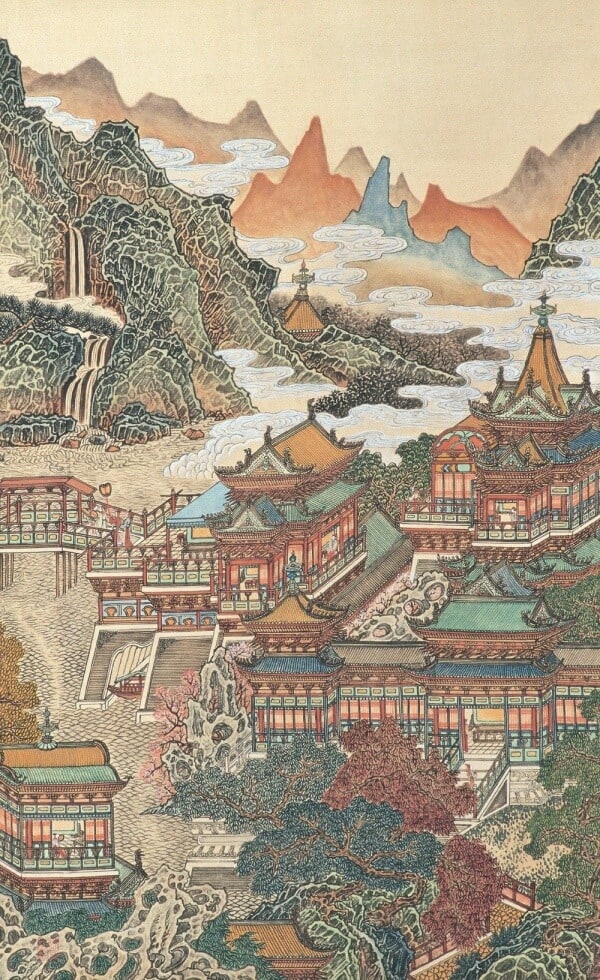
Japanese Landscape Painting
When it comes to Japanese landscape painting, there is a form of painting that is especially popular. It is known as ‘Japanese brush painting’ or ‘Sumi-e.’ For those who might be unaware, this method of painting involves the use of dark liquid inks through natural strokes of hairbrushes that ultimately result in a beautiful and striking monochromatic work of art. To think of it, the Japanese brush painting is so effective while capturing something that you may use it, in any form of landscape paintings for beginners that you may. This style of painting allows the artist to capture even the minute details in the landscape that otherwise would not be possible to capture.
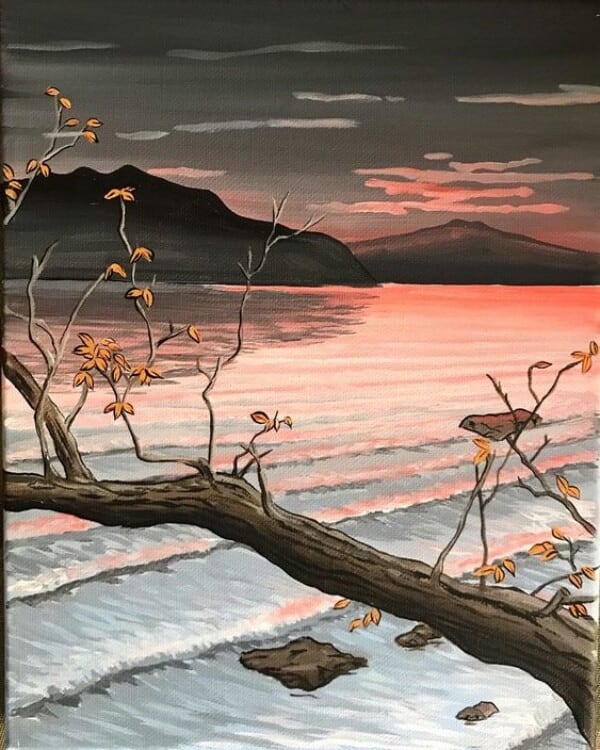
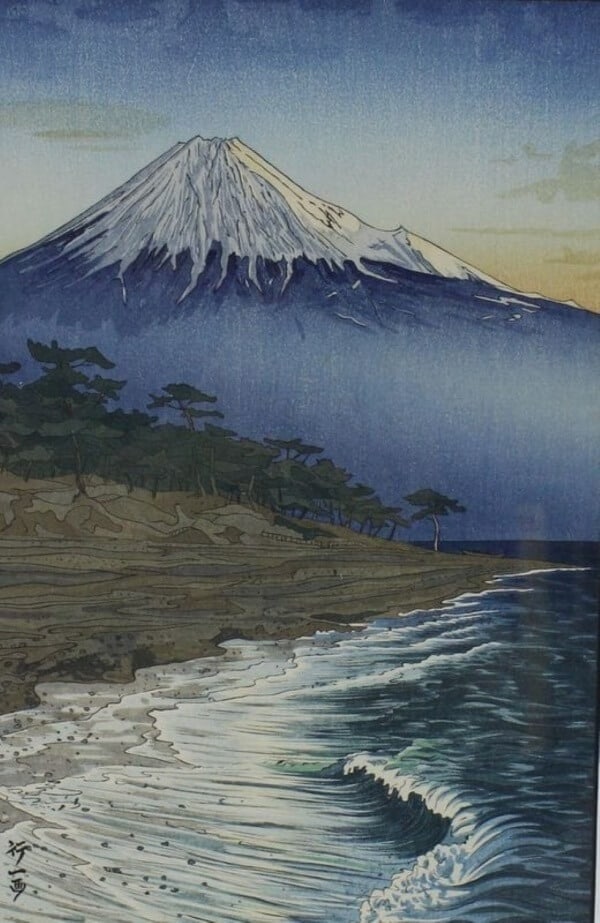
Contemporary Landscape Painting
Are you considering landscape paintings for beginners? This is the right choice for you if you want to explore a painting tutorial. No other landscape painting idea is as beatable an idea as the contemporary kind, especially when it comes to paint and sip events. If you want to get your story more fertile, more of a kind that depicts innovation, then you might want to consider dabbling in contemporary landscape painting. It makes even the most boring and dried story into something magnificent, especially when you focus on the focal point. You can describe contemporary landscape painting to be able to suggest mood and atmosphere through the simple use of color only. This form of painting allows you the freedom to express and interpret objects in your background, the way you see them.
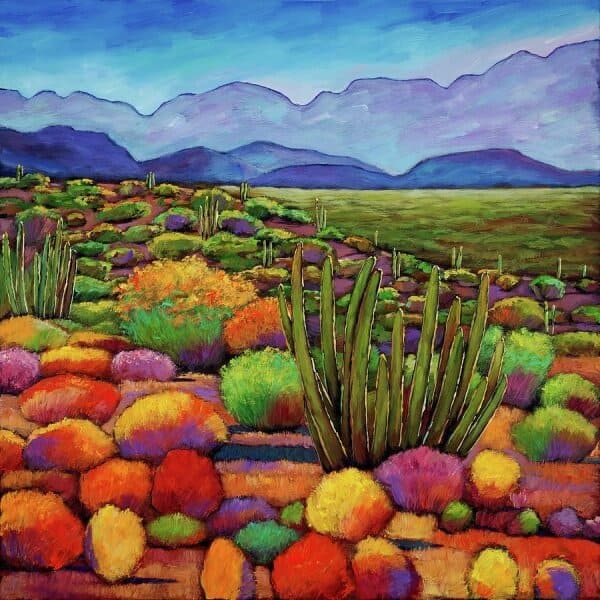
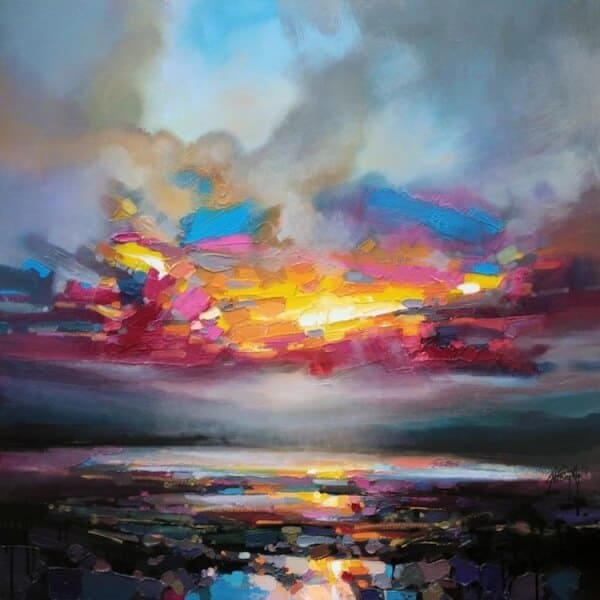
Dutch Landscape Painting
Yes, we have already established that landscape painting as a whole, had ended up enrapturing artists from different countries back during the 16th century. Similar is the case with the Dutch as well. Landscape painting began flourishing among the Dutch artists in the 16th century, especially after the artists began traveling around Netherland as well as Spain. Some of the greatest examples for you to check out when it comes to dutch landscape painting is the work of Pieter Bruegel The Elder from back in 1525 as well as The Harvesters. Among the most unique parts about dutch landscape paintings is the fact that they didn’t limit themselves when it came to using a basis for their work, it could be a canvas, or wood-cuts, or even etchings.
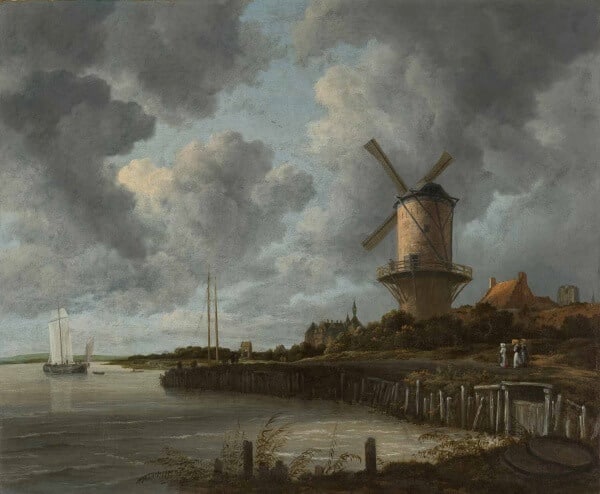
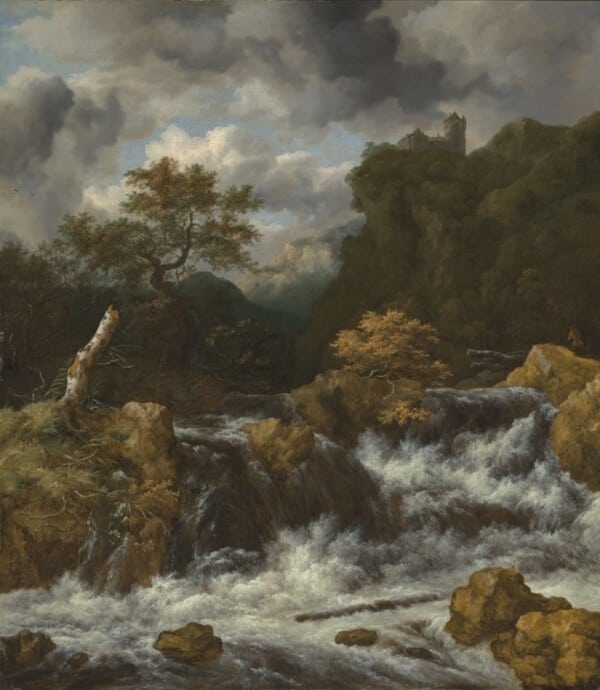
Autumn Landscape Painting
When we speak about autumn landscape painting, we do have to refer to among the greatest work produced in this realm. We have the very own ‘Autumn Landscape’ work of art which was specially painted for the Festival of Britain by the President of the Royal Academy, Sir Alfred Munnings. Specifically, the word autumn is used because artists are often trying to depict the season over everything else through their work. This can be done through the use of different shades of brown and black. It is the easiest landscape painting for beginner’s ideas you can explore, full of rich colors and textures.
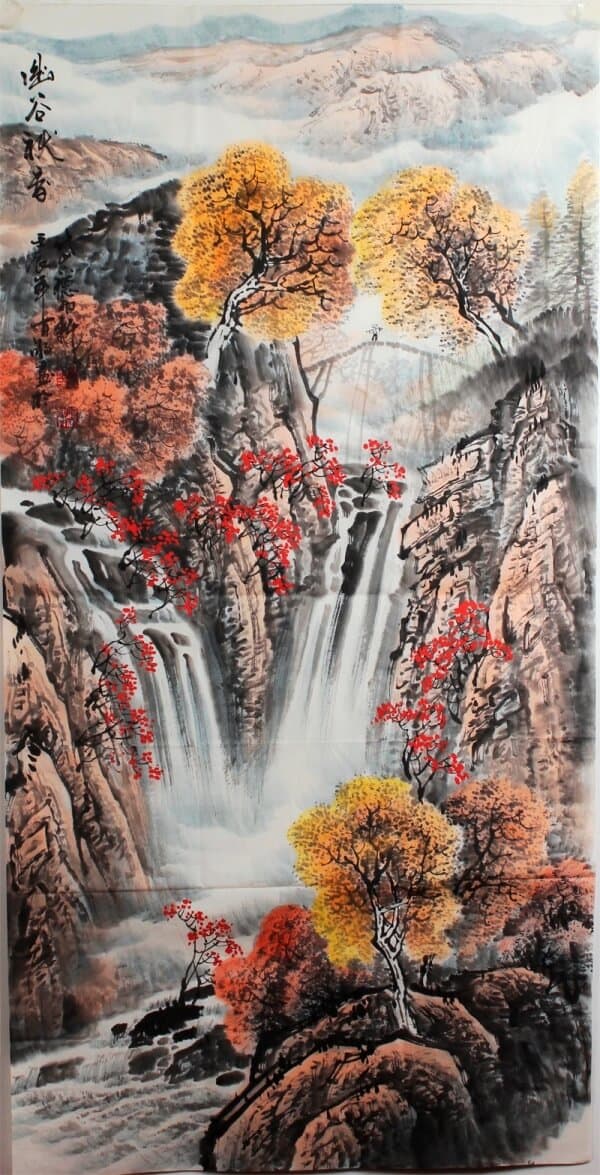
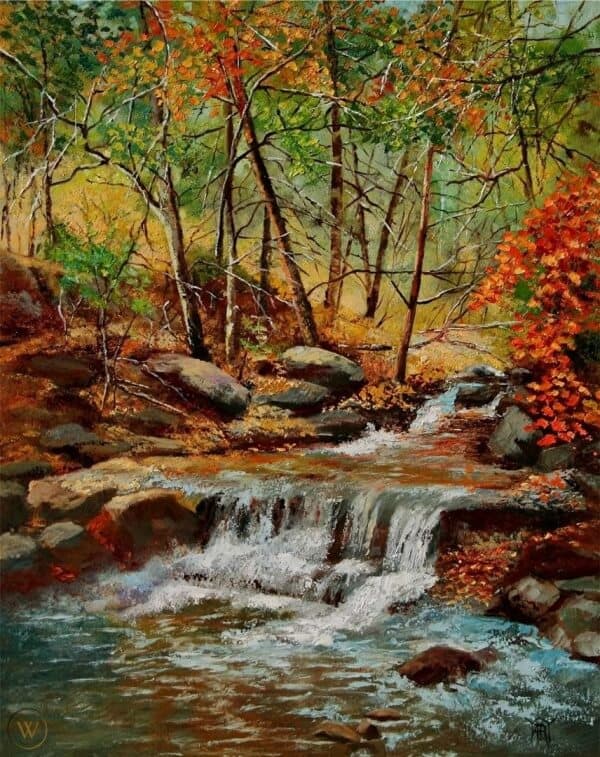
Pastel Landscape Painting
If you’ve decided to indulge in pastel landscape painting, then before you go ahead, please ensure that you’re picking the right pastels. While carefully choosing the right pastels, you may want to keep in mind that the more rich and pure they are, the more depth you will be able to provide to your landscape painting idea. You should be able to prepare a tonal sketch and keep it ready for painting, as is applicable in any other form of painting. Make sure that you start at a distance first and work your way around the mid-ground section and it can get quite tricky when it comes to pastel paints. Most of all, please enjoy the art of creating maximum intensity.
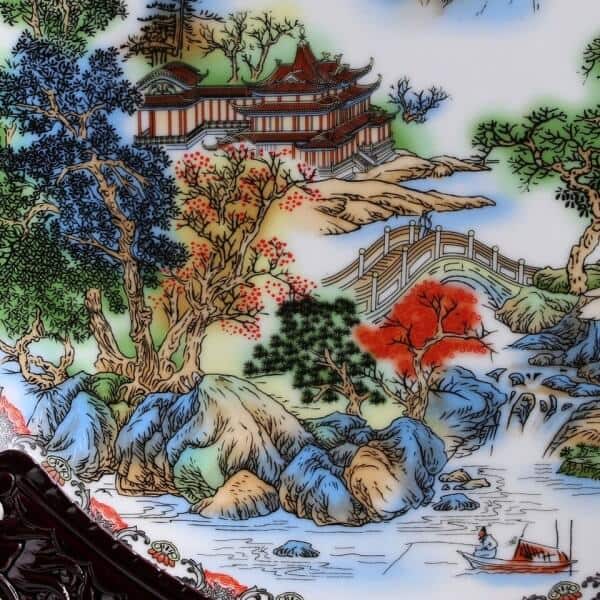
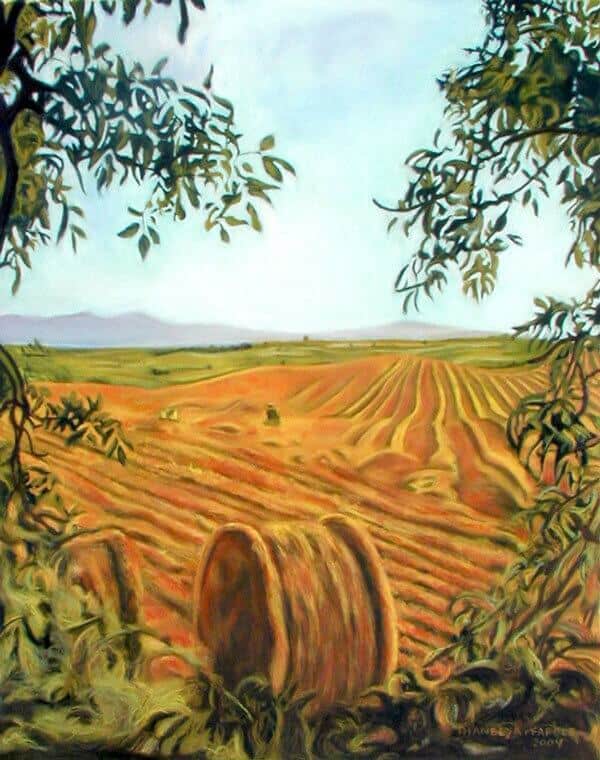
Beach Landscape Painting
One of the key pointers to keep in mind while painting a beach landscape is to be able to capture the ocean well. Be sure that you can capture the water in the most convincing manner possible. The beach is the easier bit to capture. The ocean happens to be a defining factor in this case, because it is represented through lighter colors, in comparison to the beach colors that might include hues of yellow and brown. When you perfect the art of capturing the ocean, you will be able to depict the beach perfectly too, in your quest to accomplish work when it comes to landscape paintings for beginners.
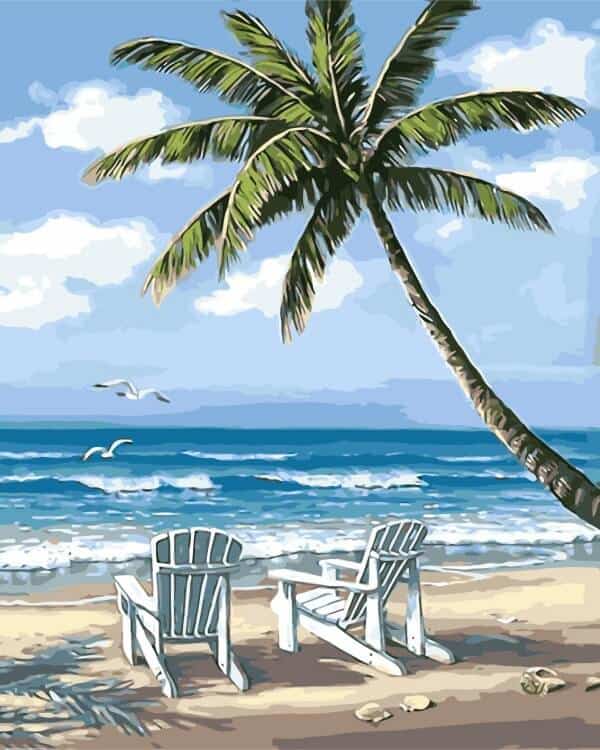
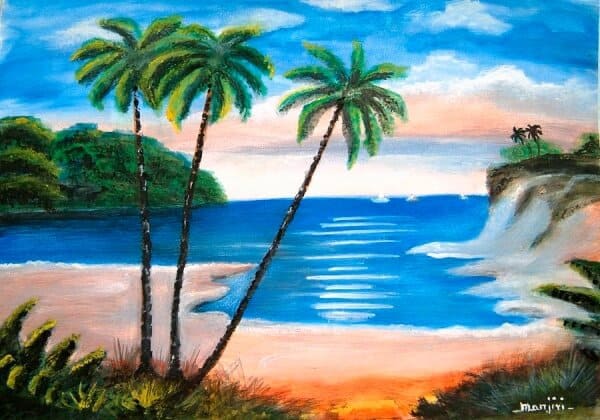
Night Landscape Painting
How can one master the art of capturing the colors of the night? The answer lies ahead. It is highly recommended that you indulge in painting at night, as it is both therapeutic wells as the work produced in the final stages, is epic. The thing about night landscape painting is that it leads the artist to choose between focusing on the large masses that lie as a form of subject in front of them or capturing the darkness more prominently. What’s more? It is also believed that if you end up painting at night, you end up improving your clarity towards day-time art in your work. You can encapsulate compositions in an ideal manner.
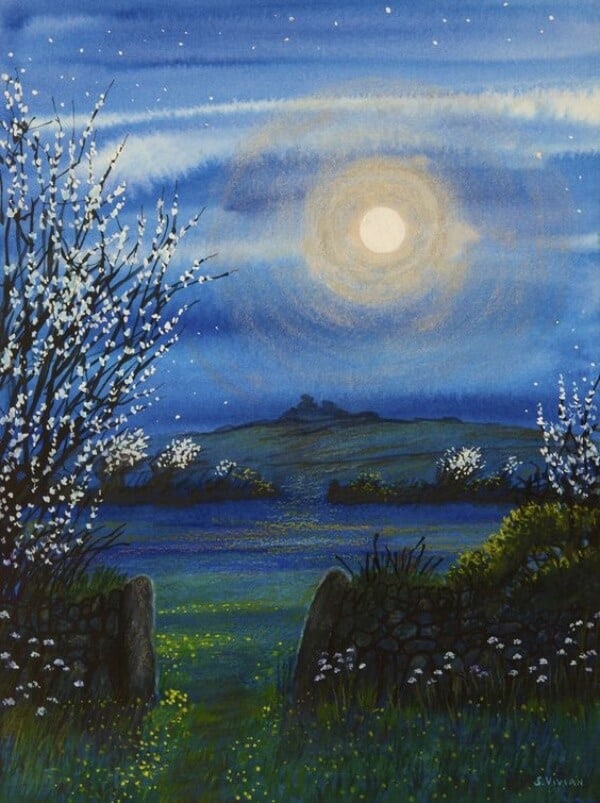
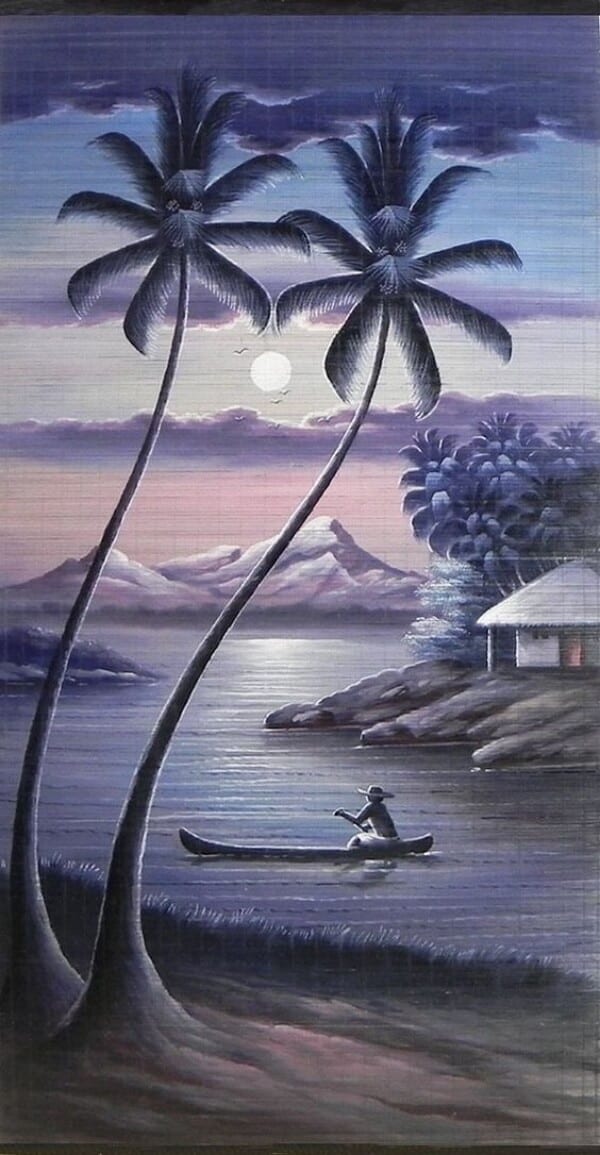
Monochromatic Landscape Painting
The best part about monochromatic landscape painting is that you don’t have a lot of room to commit errors. Not only do you have the opportunity to mix tints and shades in the most unimaginable manner possible, but you will also learn to work your way from the foreground of light shade to a much darker shade. For landscape paintings for beginners the key lies in conducting a considerable amount of research into what it is that you wish to capture in your landscape scene. You will need to create a sketch that depicts the subject in the most monochromatic manner, setting a solid foundation for your painting. This is an excellent painting lesson for understanding value.
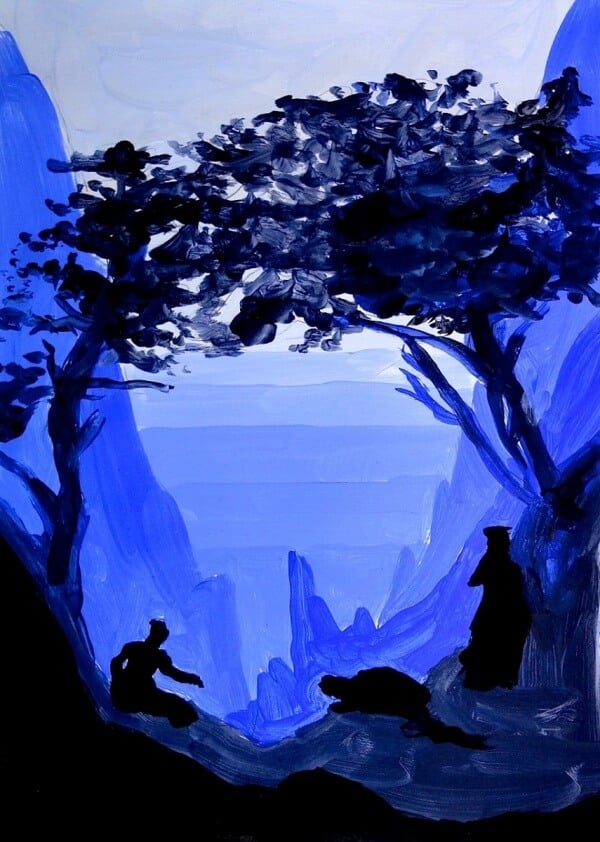
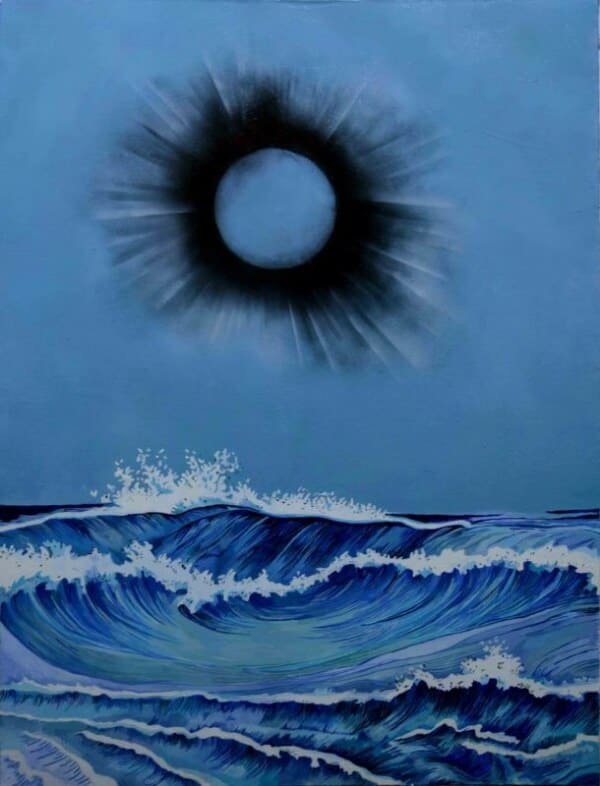
More Easy Landscape Paintings For Beginners Gallery
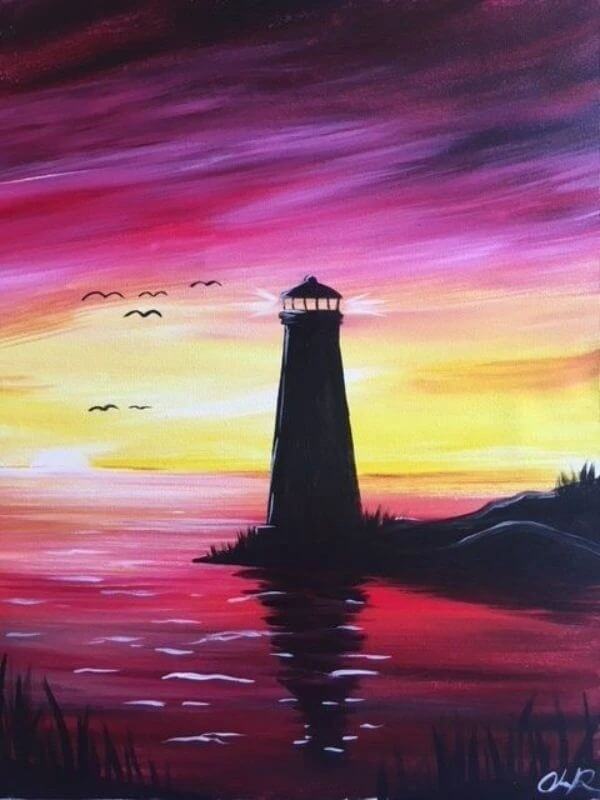
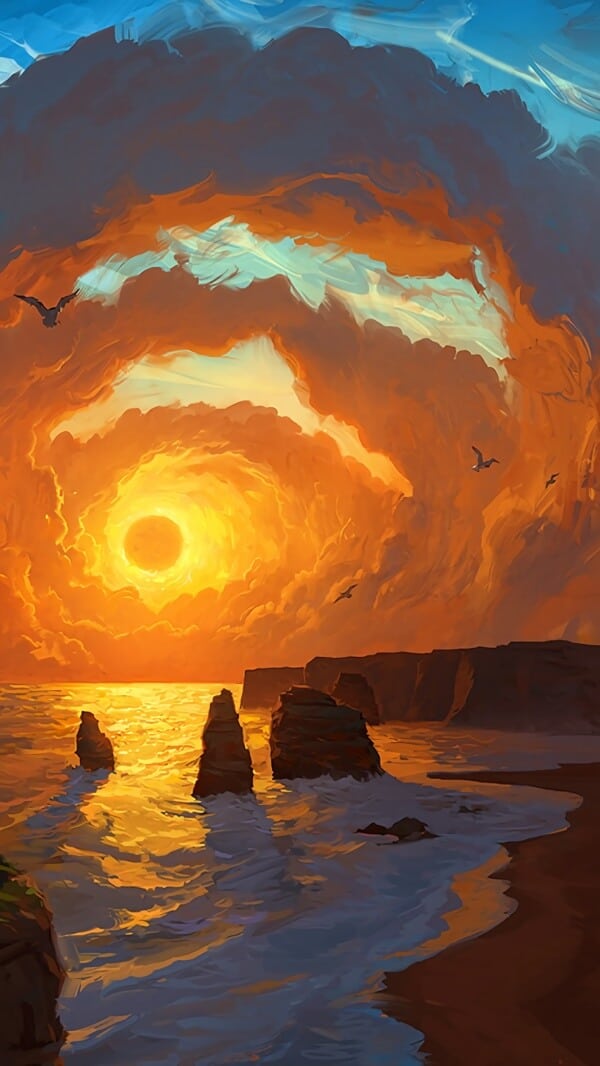
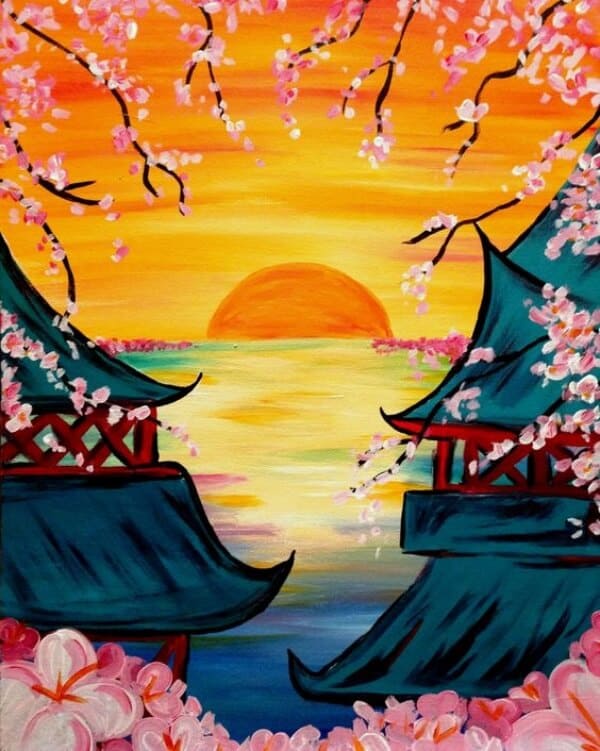
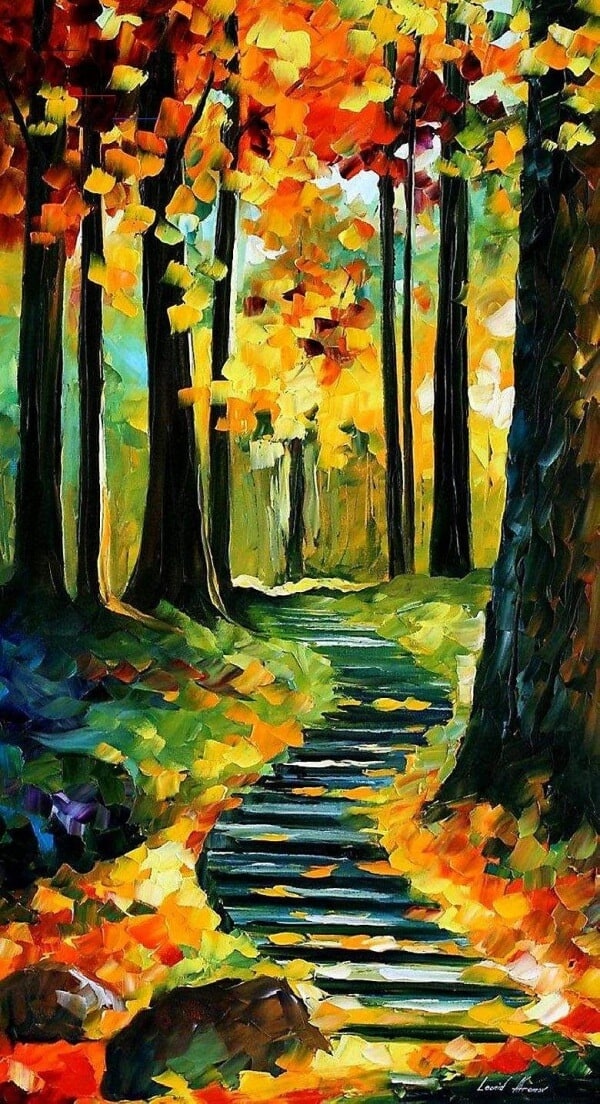
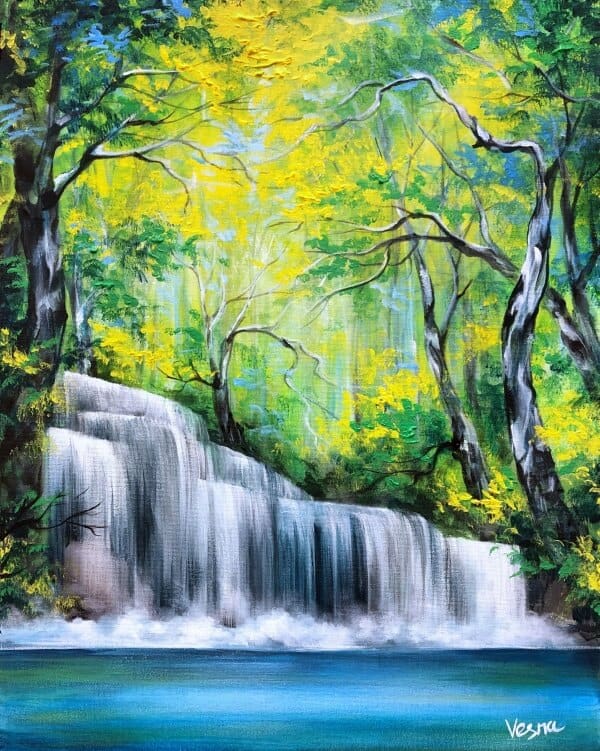
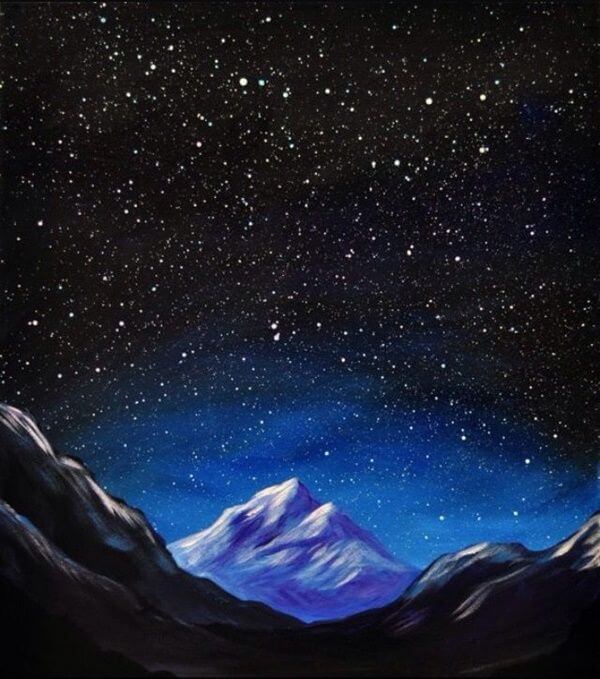
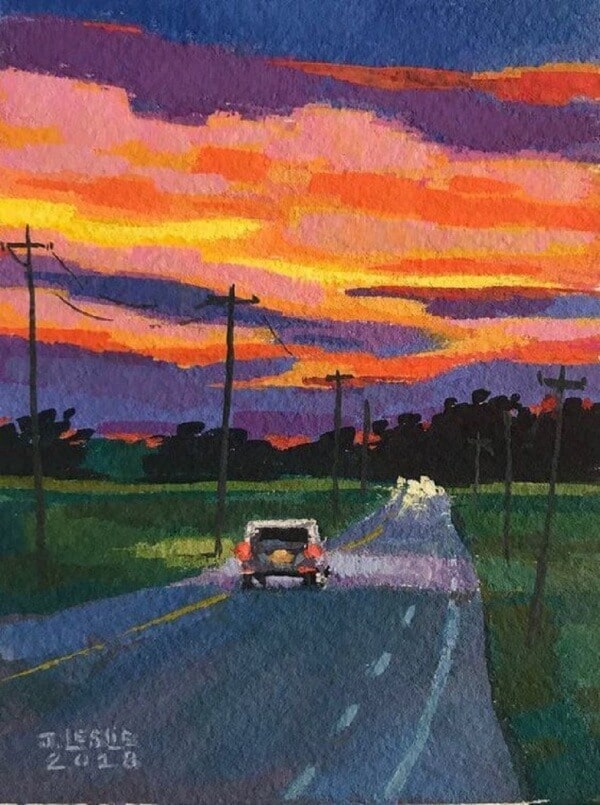

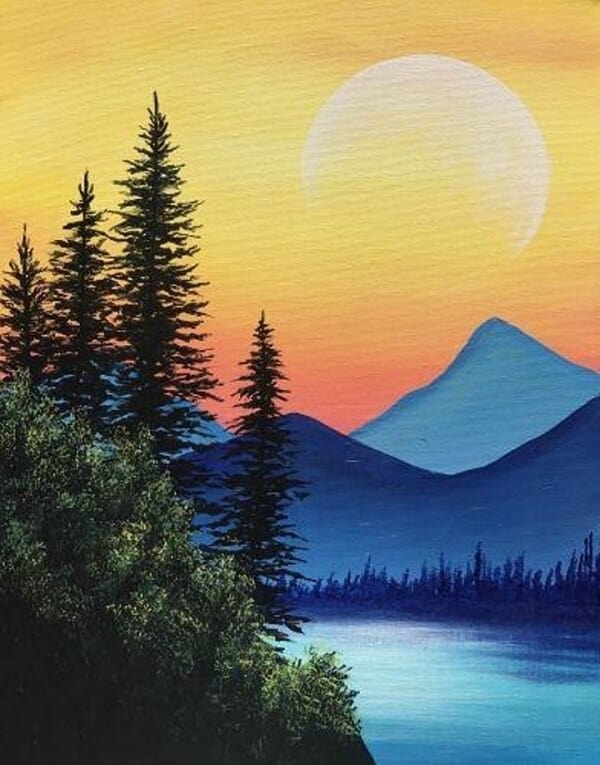
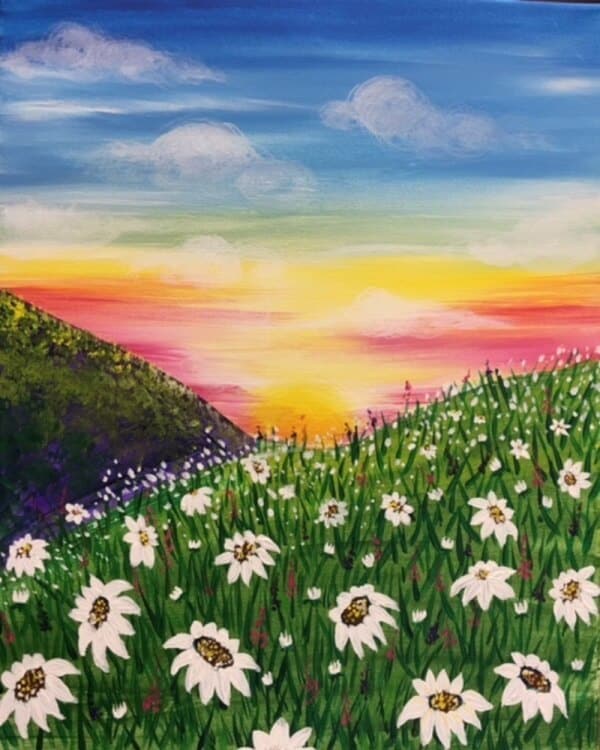
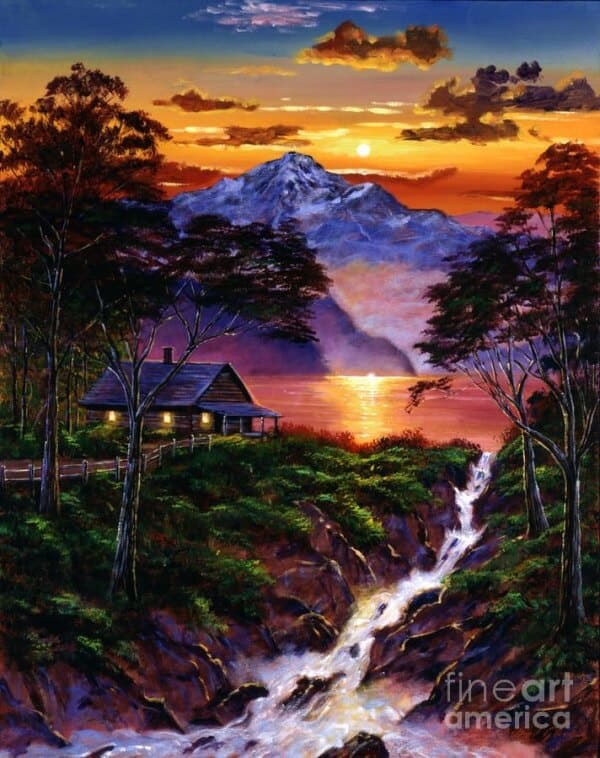
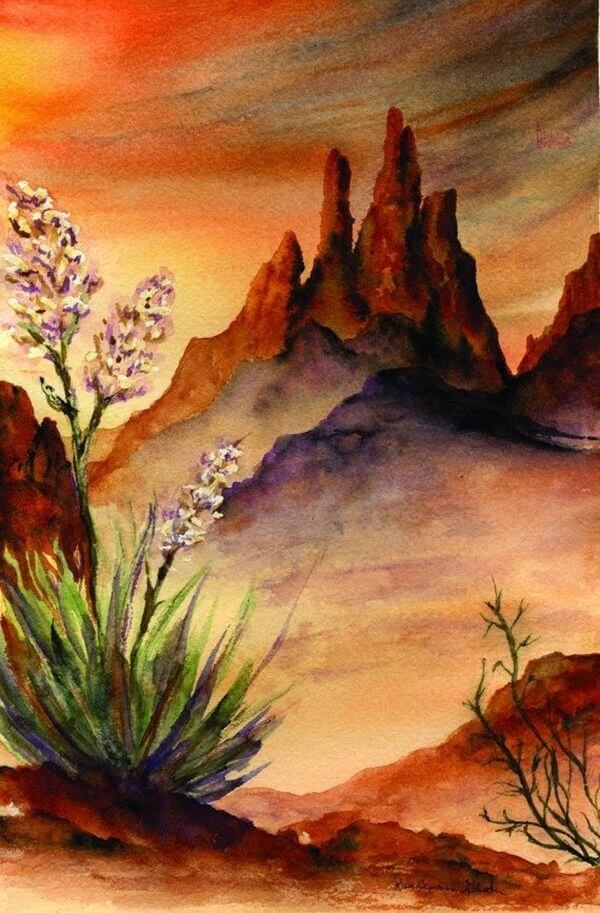
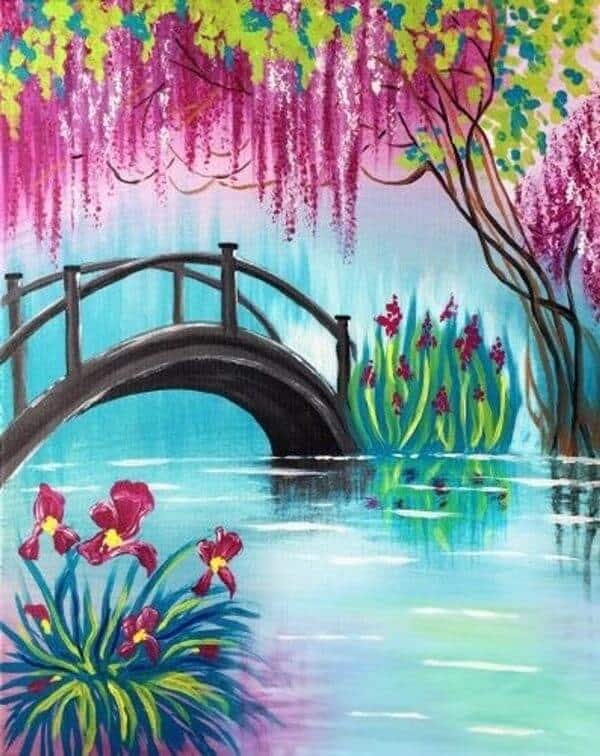
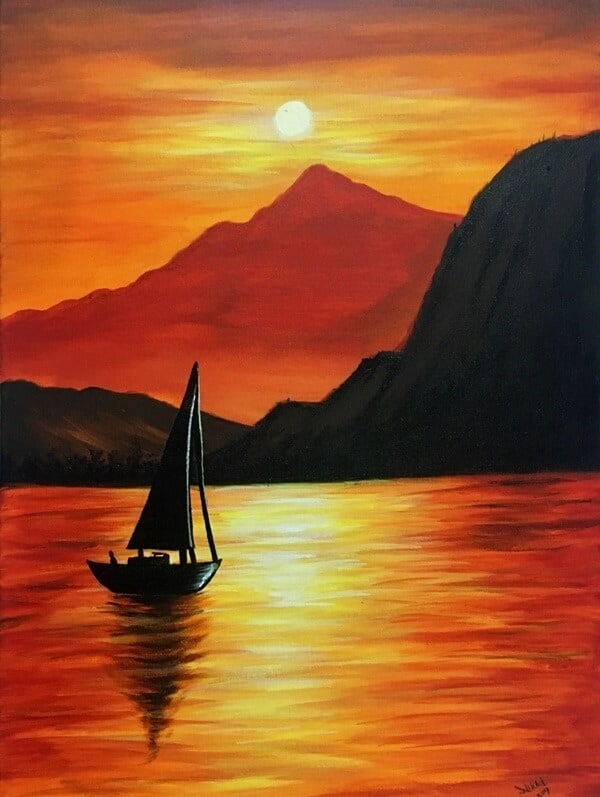
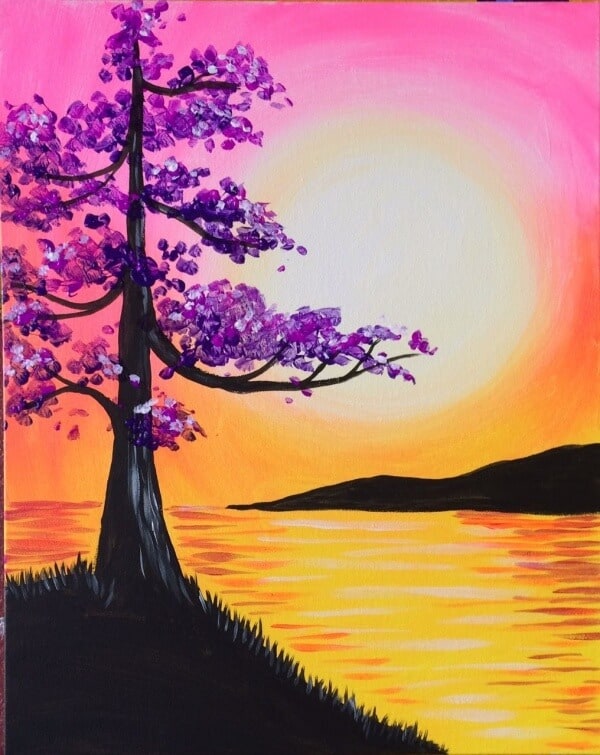
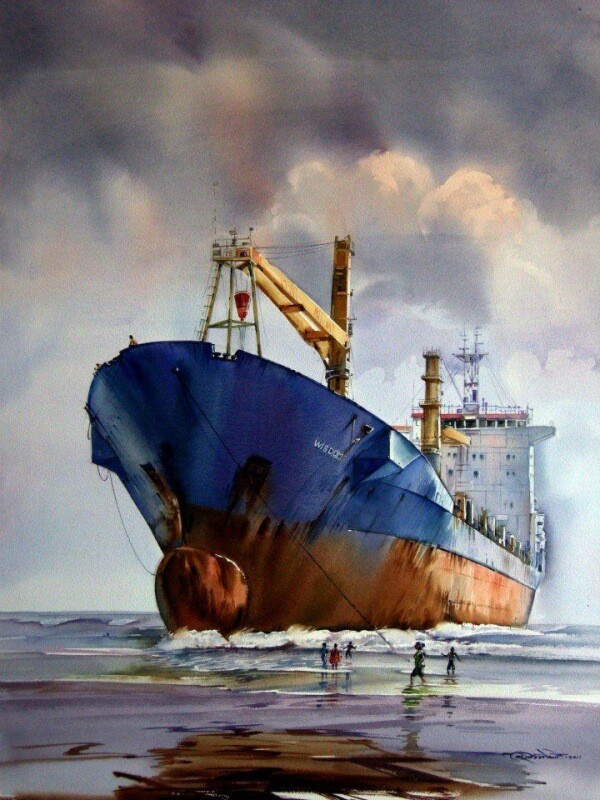

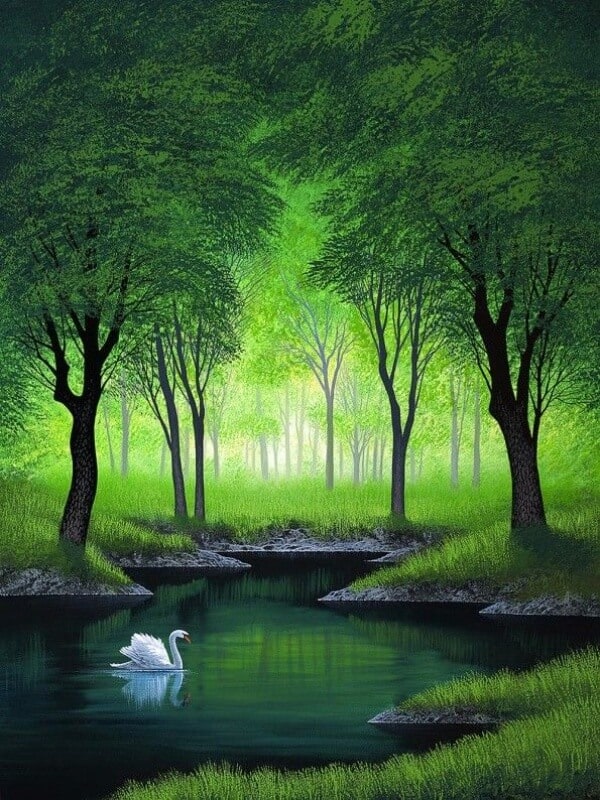
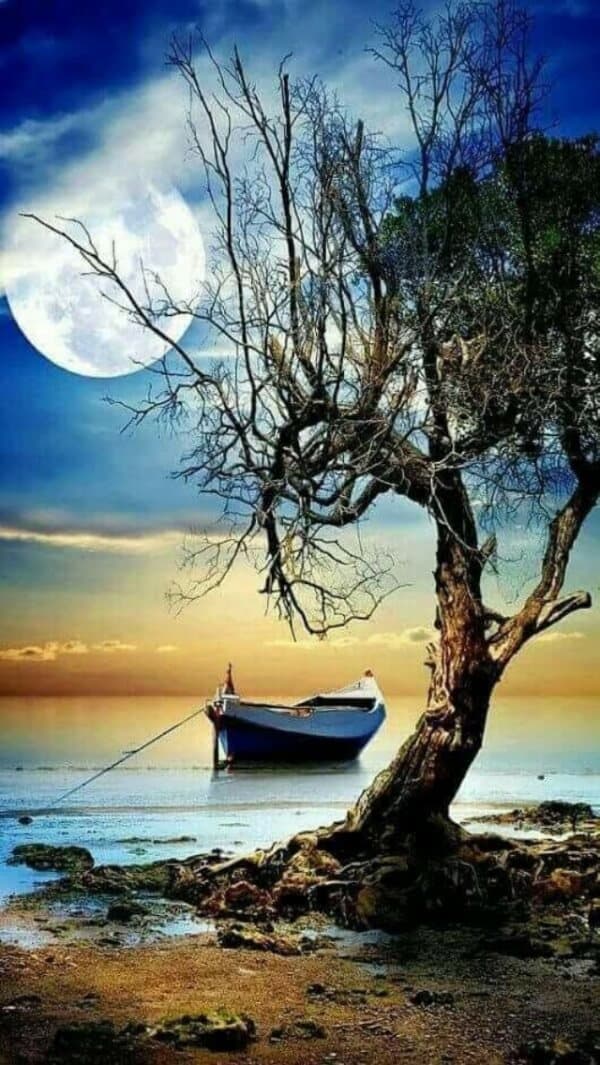
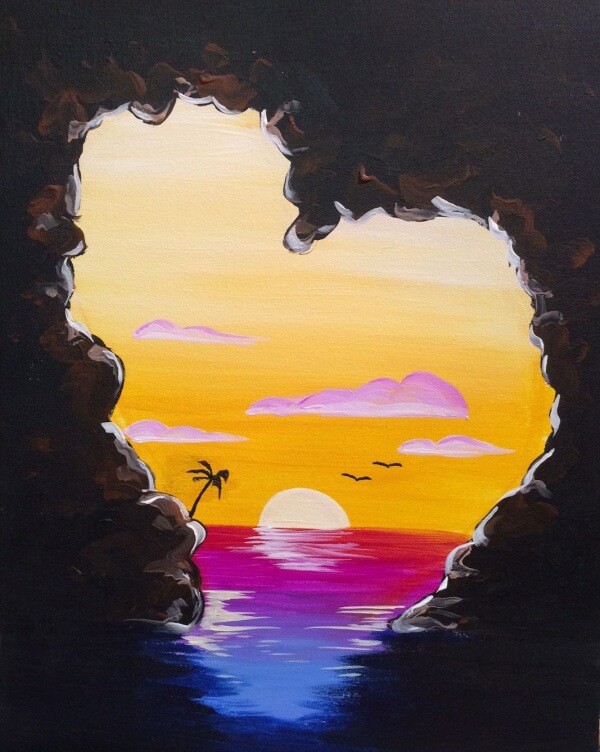
Conclusion
As has been established multiple times in the article above, the art of landscape painting continues to thrive today, having originated in the 16th century. Through the many magnificent works produced over time, it has garnered both acclaim and sporadic critical attention. These easy landscape paintings for beginners are perfect for enthusiasts looking to dive into this timeless art form. So what are you waiting for? Choose among the top ideas in the list of landscape paintings for beginners mentioned above and get on an artistic journey of enrapturing the grandeur nature. There is no looking back from the time you try your hands at this. Once you do, there are many different forms of landscape painting ideas that you can grow yourself into. Get painting and create your own stunning landscape!
FAQs
Q: What are some easy acrylic painting ideas for beginners?
A: If you’re a beginner trying to paint, easy acrylic painting ideas include simple landscapes, such as sunsets over mountains or fields of flowers. These subjects allow you to practice blending colors and creating depth without overwhelming detail.
Q: How can I learn to paint landscapes effectively?
A: To learn to paint landscapes effectively, start with an acrylic painting tutorial for beginners. Focus on understanding how light interacts with the landscape and practice painting elements such as trees, skies, and water to build your skills.
Q: What canvas size is best for beginners painting landscapes?
A: A medium canvas size, like 16×20 inches, is ideal for beginners painting landscapes. It provides enough space to experiment with different elements in a landscape without being too daunting.
Q: Can you show me how to paint a simple landscape?
A: Certainly! Begin by sketching the basic shapes of your landscape on the canvas. Use light colors for the sky and gradually layer darker colors for the foreground elements. This acrylic tutorial will guide you through the steps to create a successful landscape painting.
Q: What tools do I need for an acrylic landscape painting?
A: For an acrylic landscape painting, you will need a variety of brushes, a palette for mixing colors, and a canvas to paint on. Additionally, having a container for water and some paper towels handy will help keep your workspace clean.


